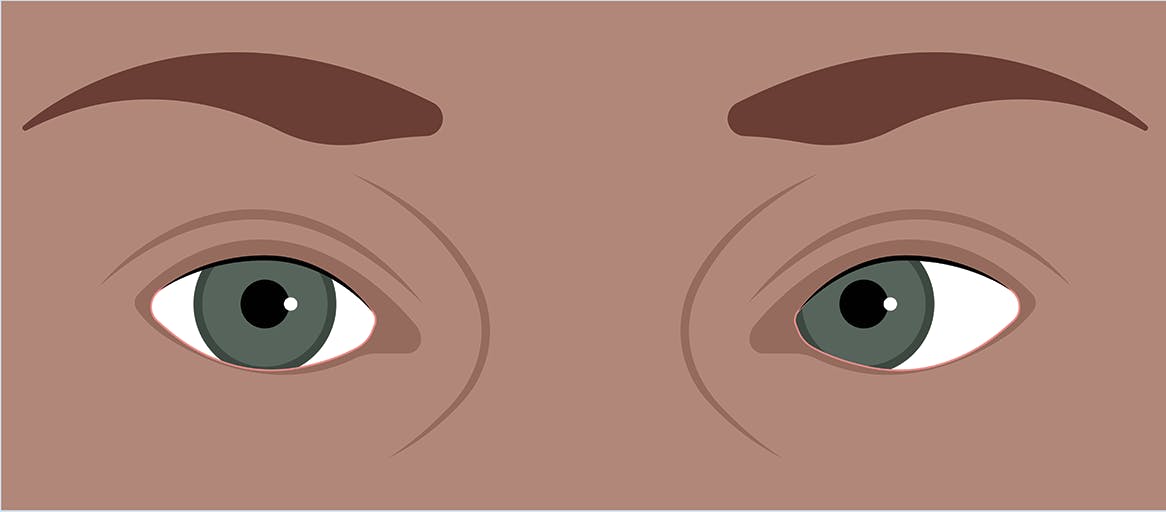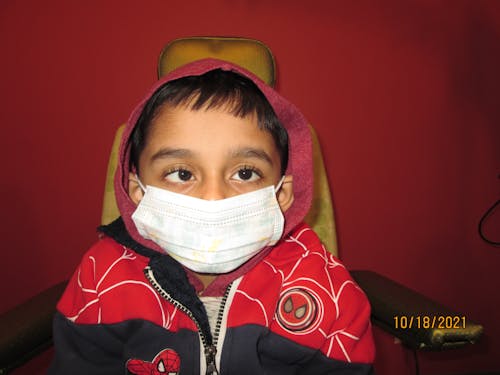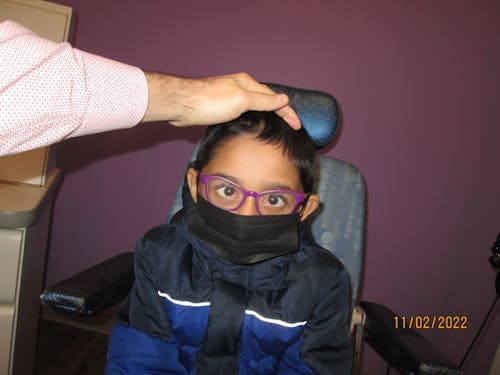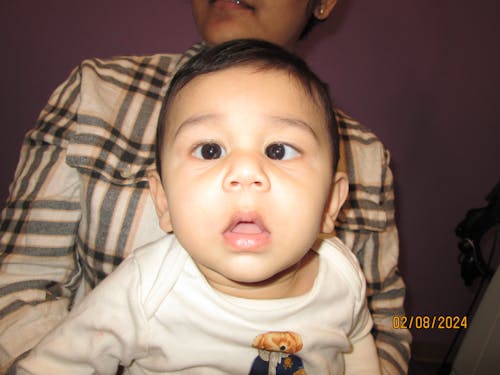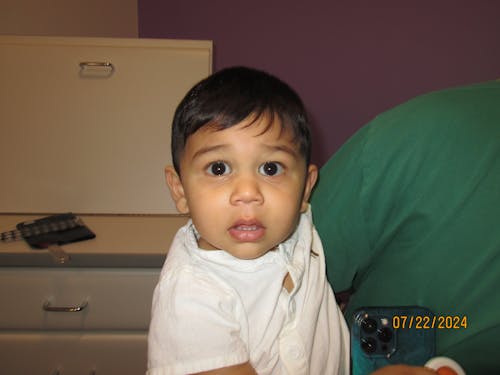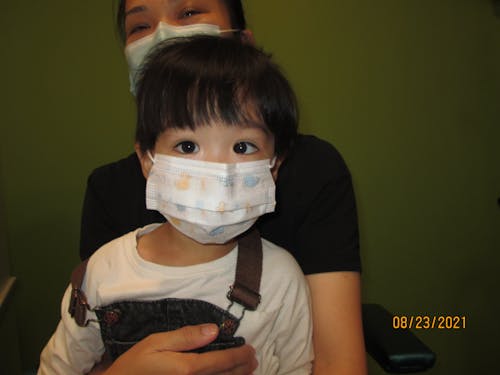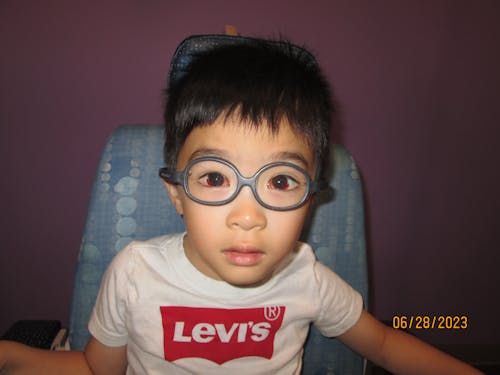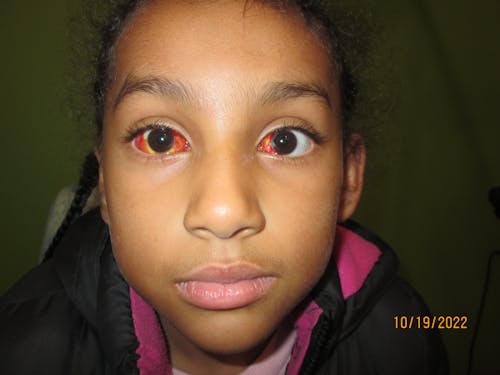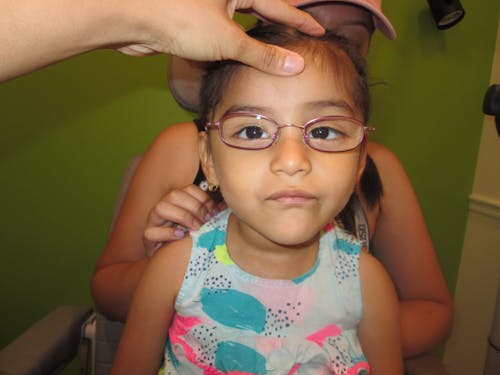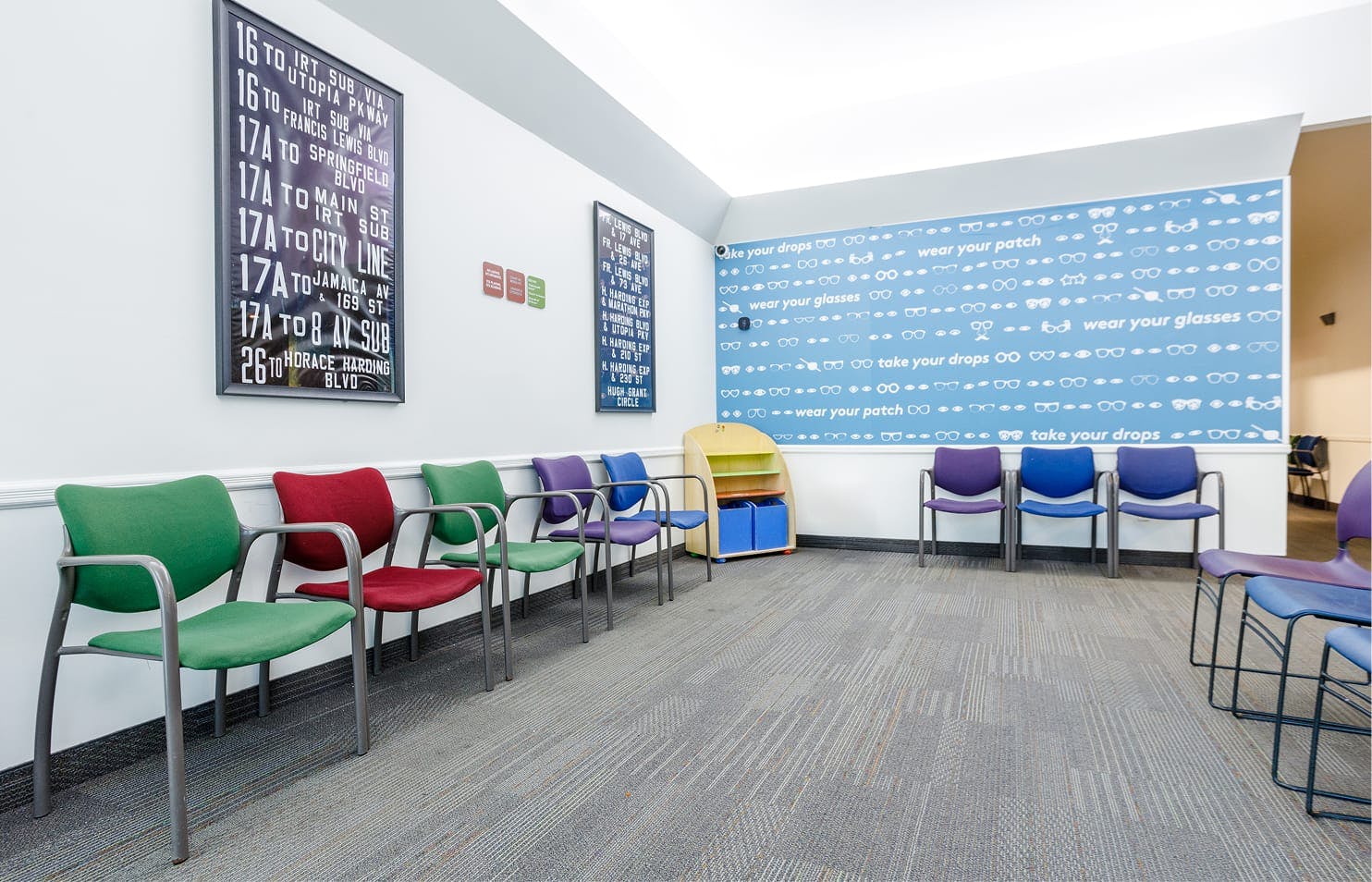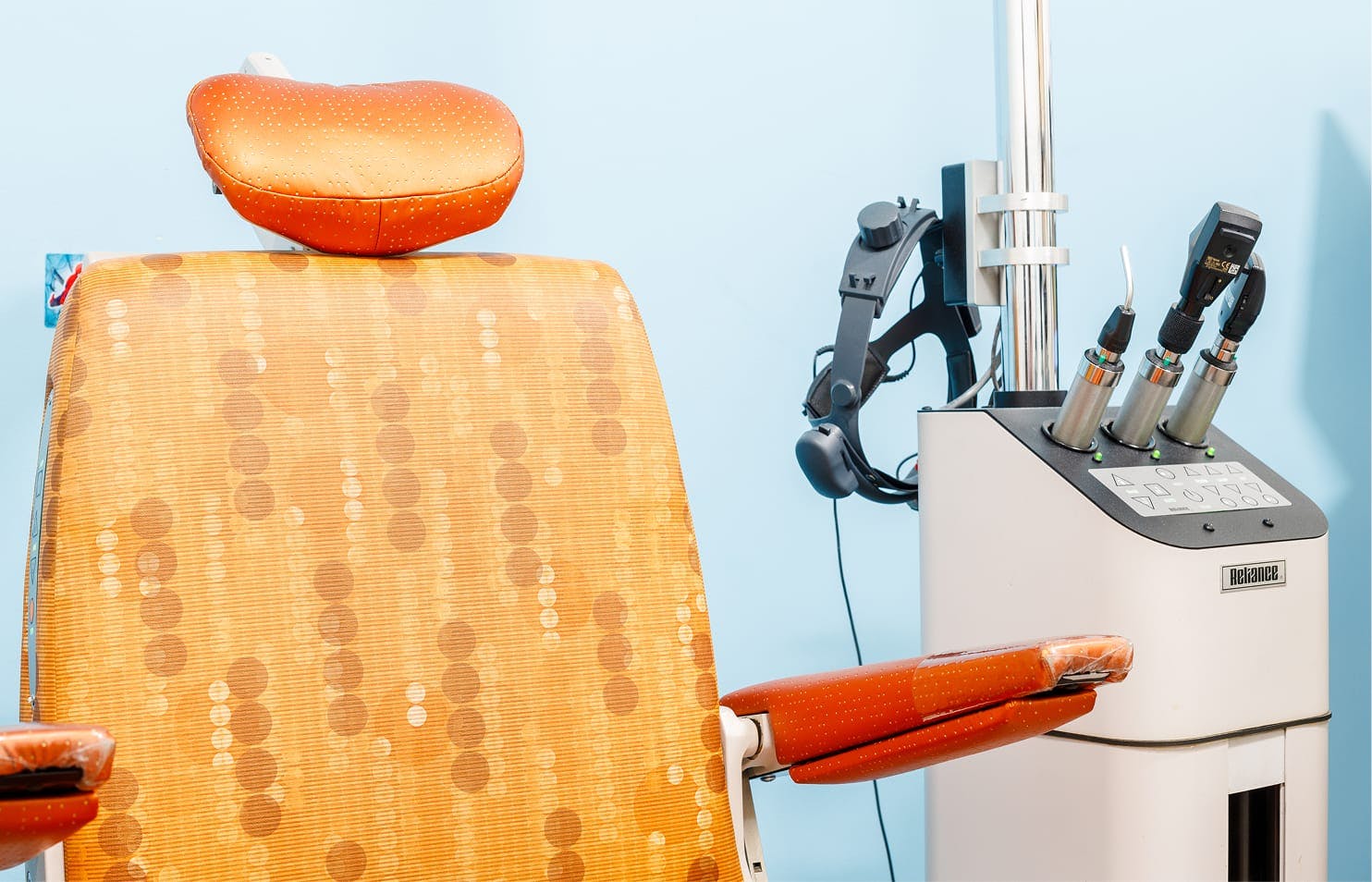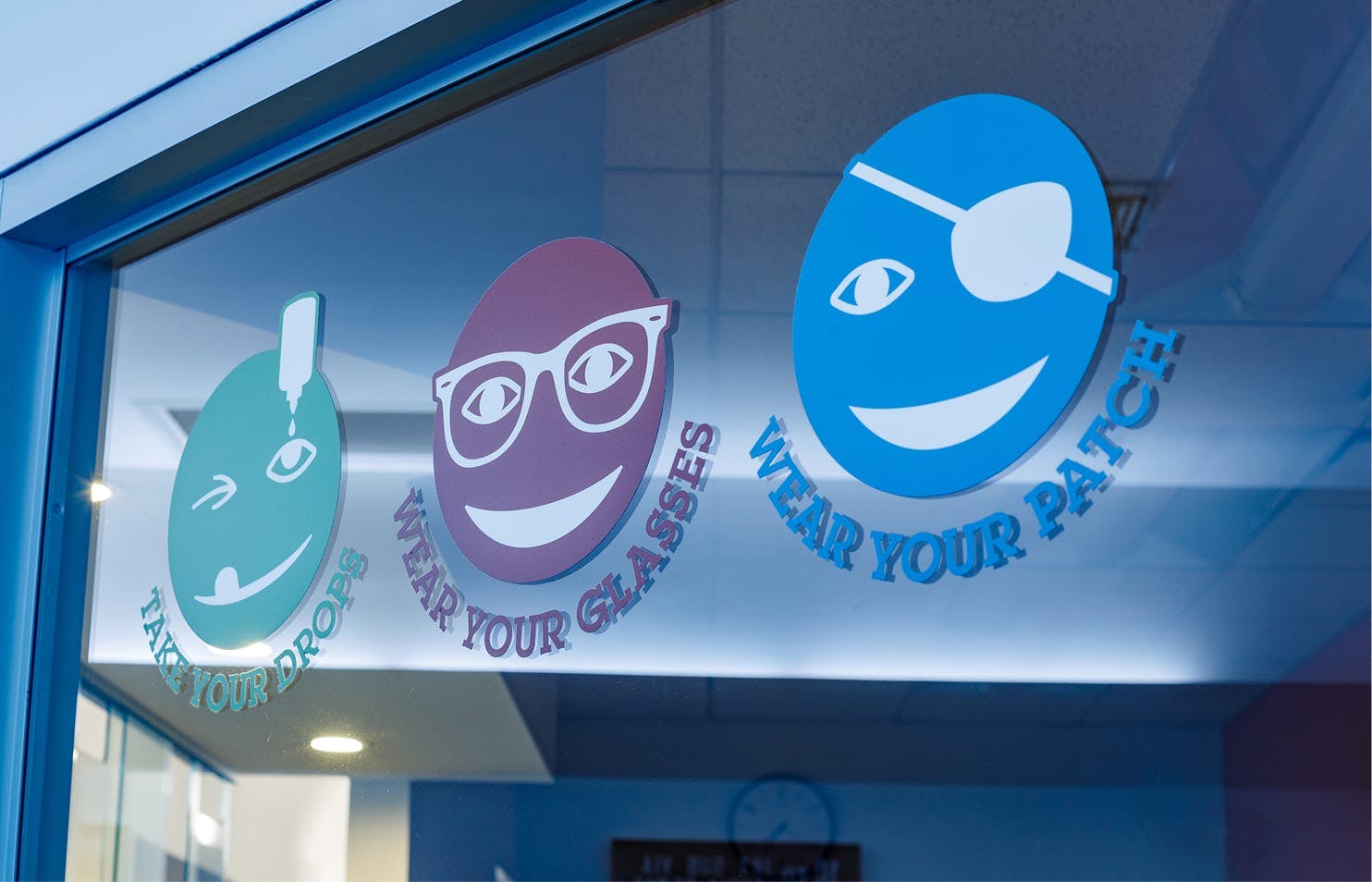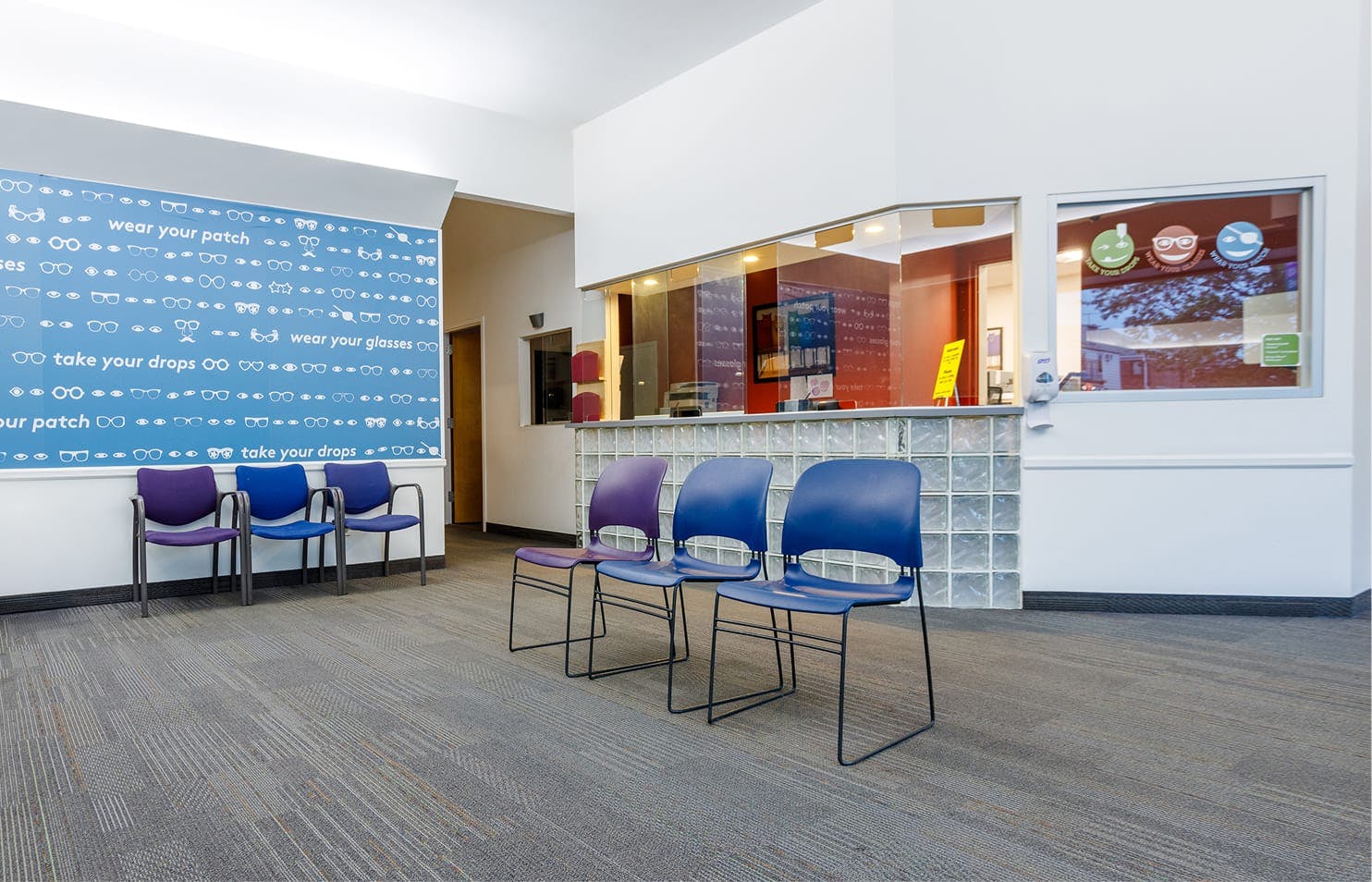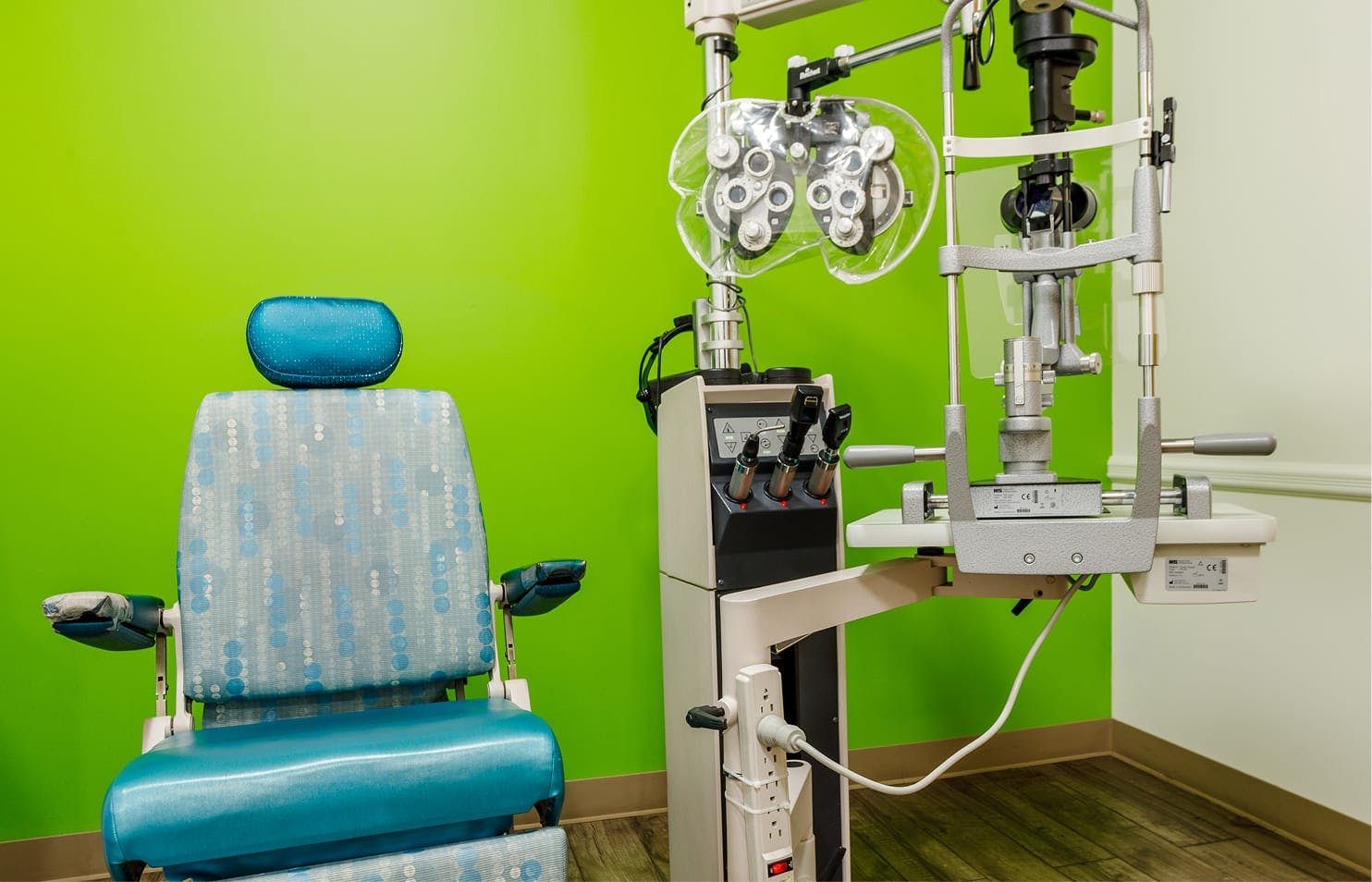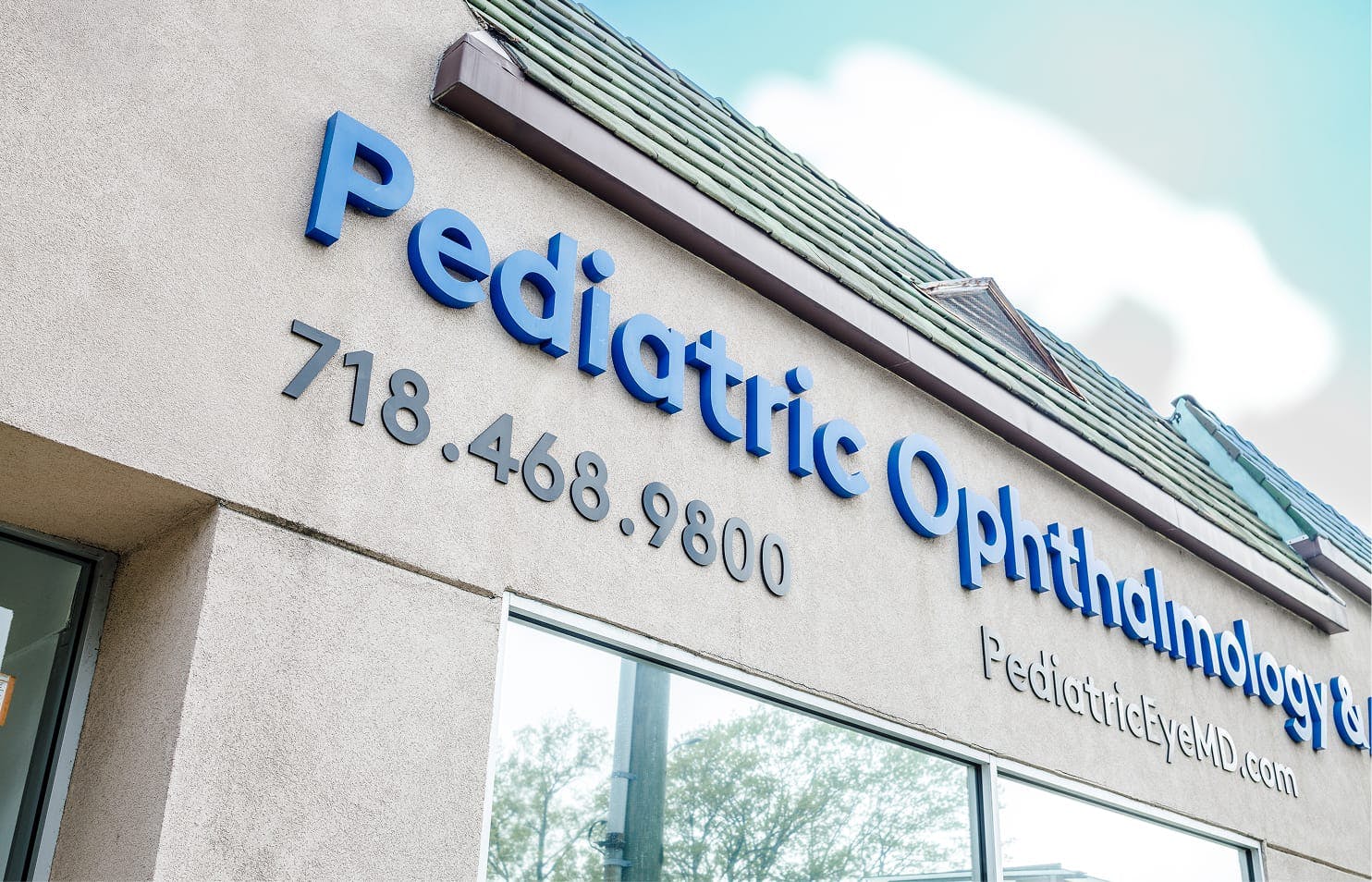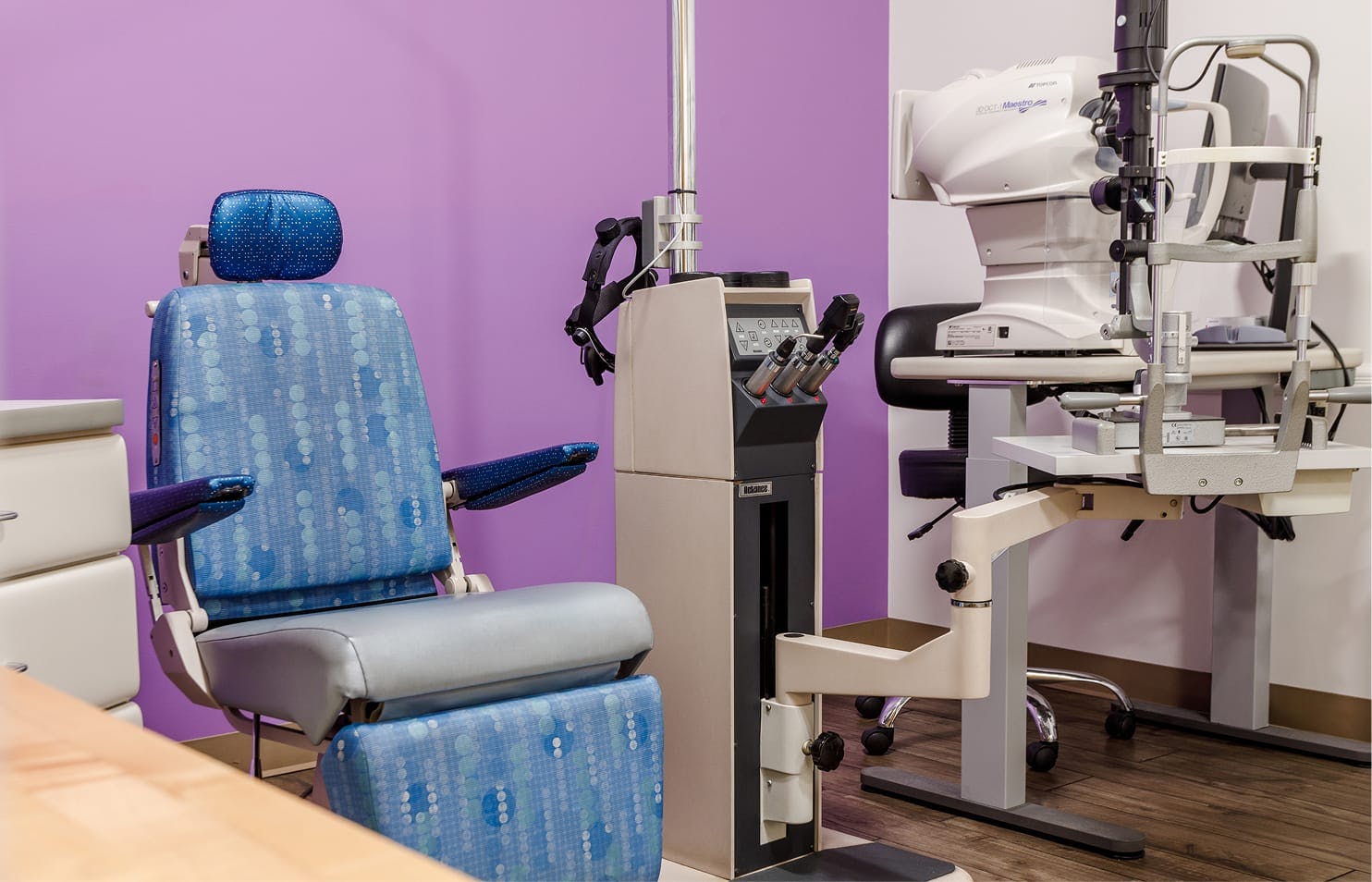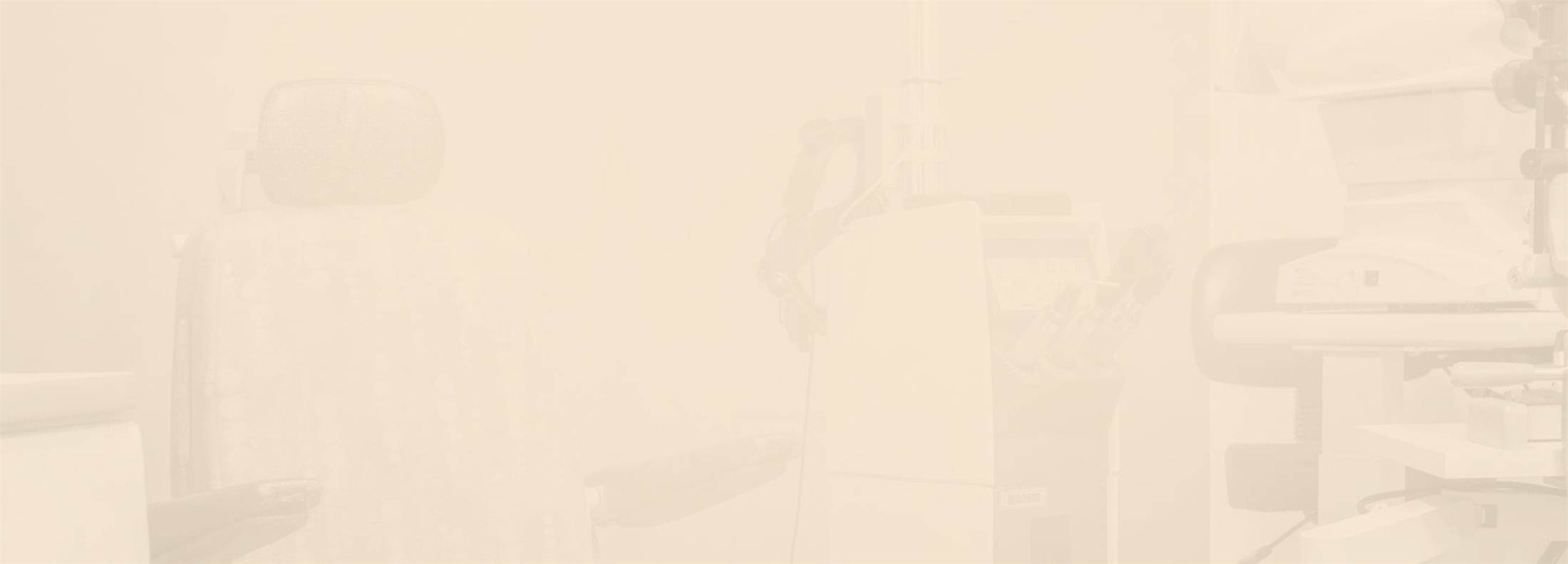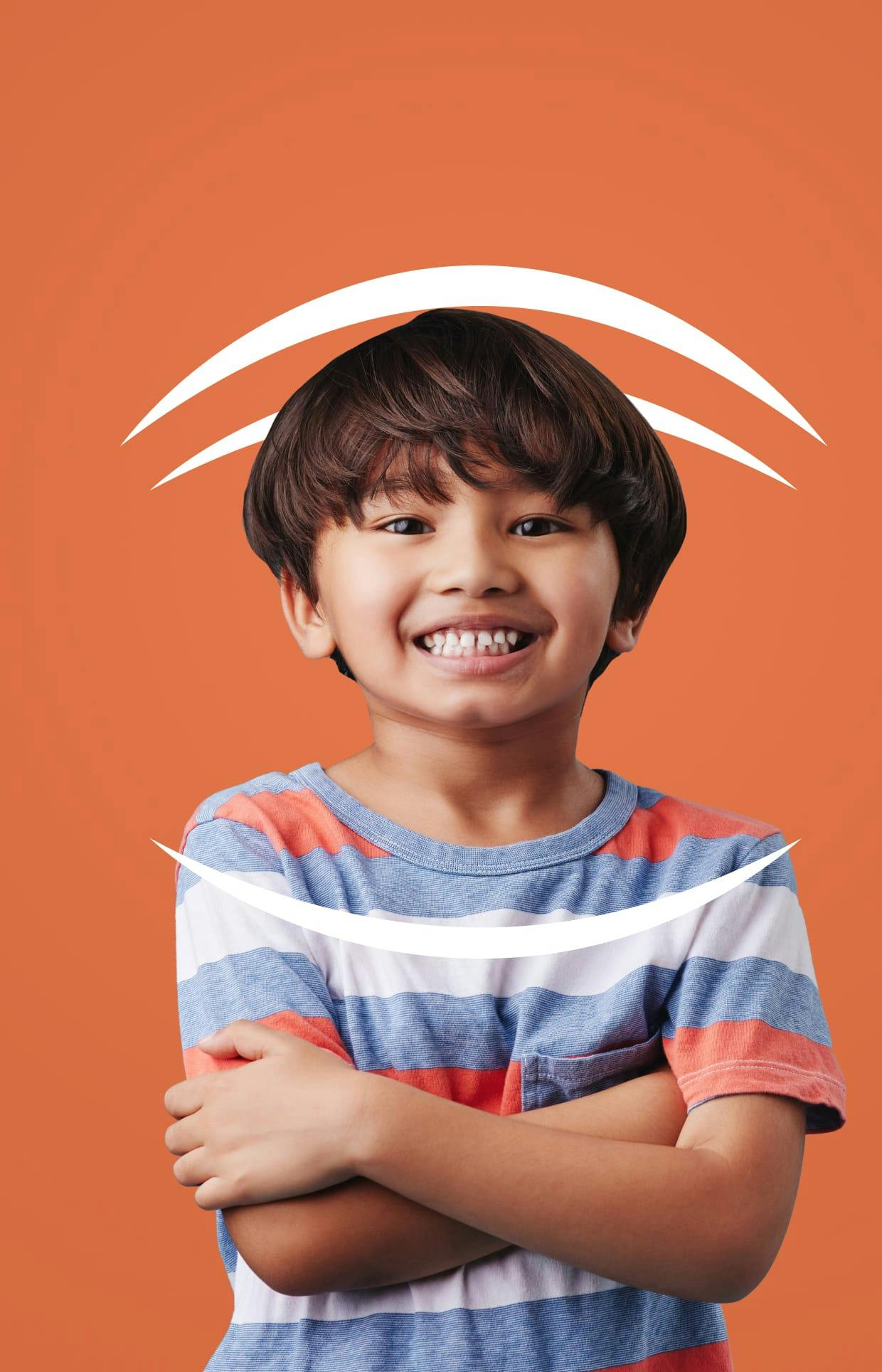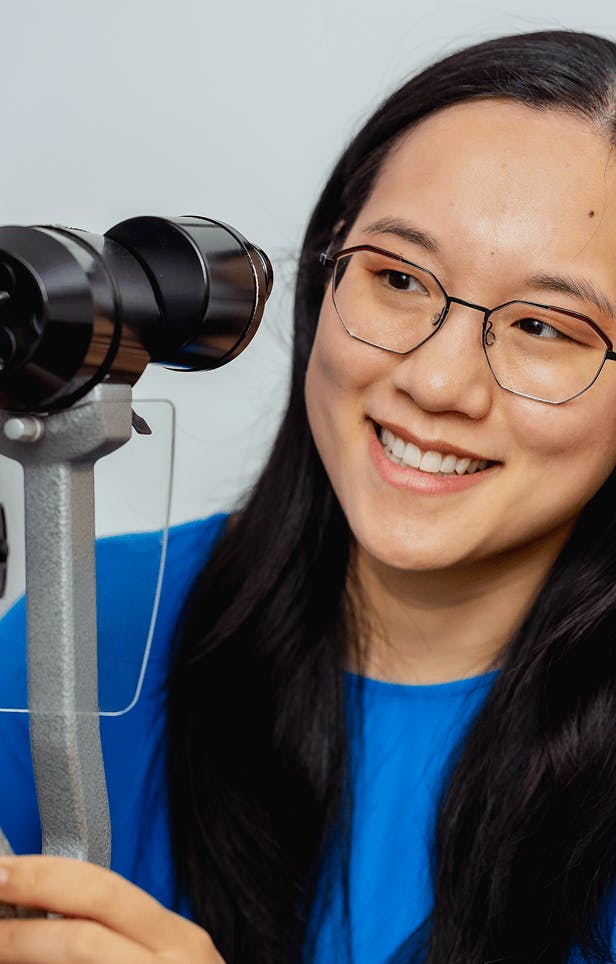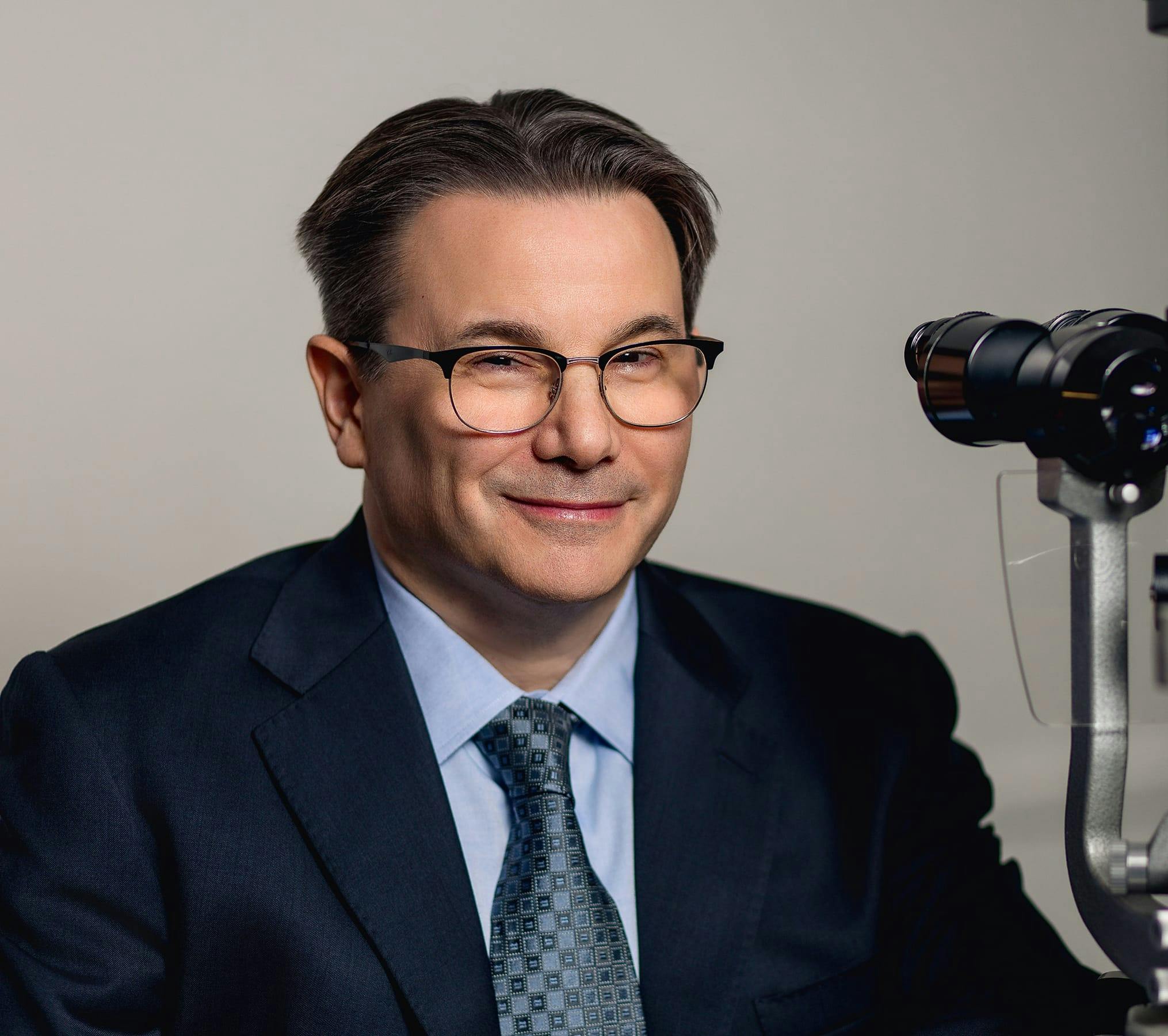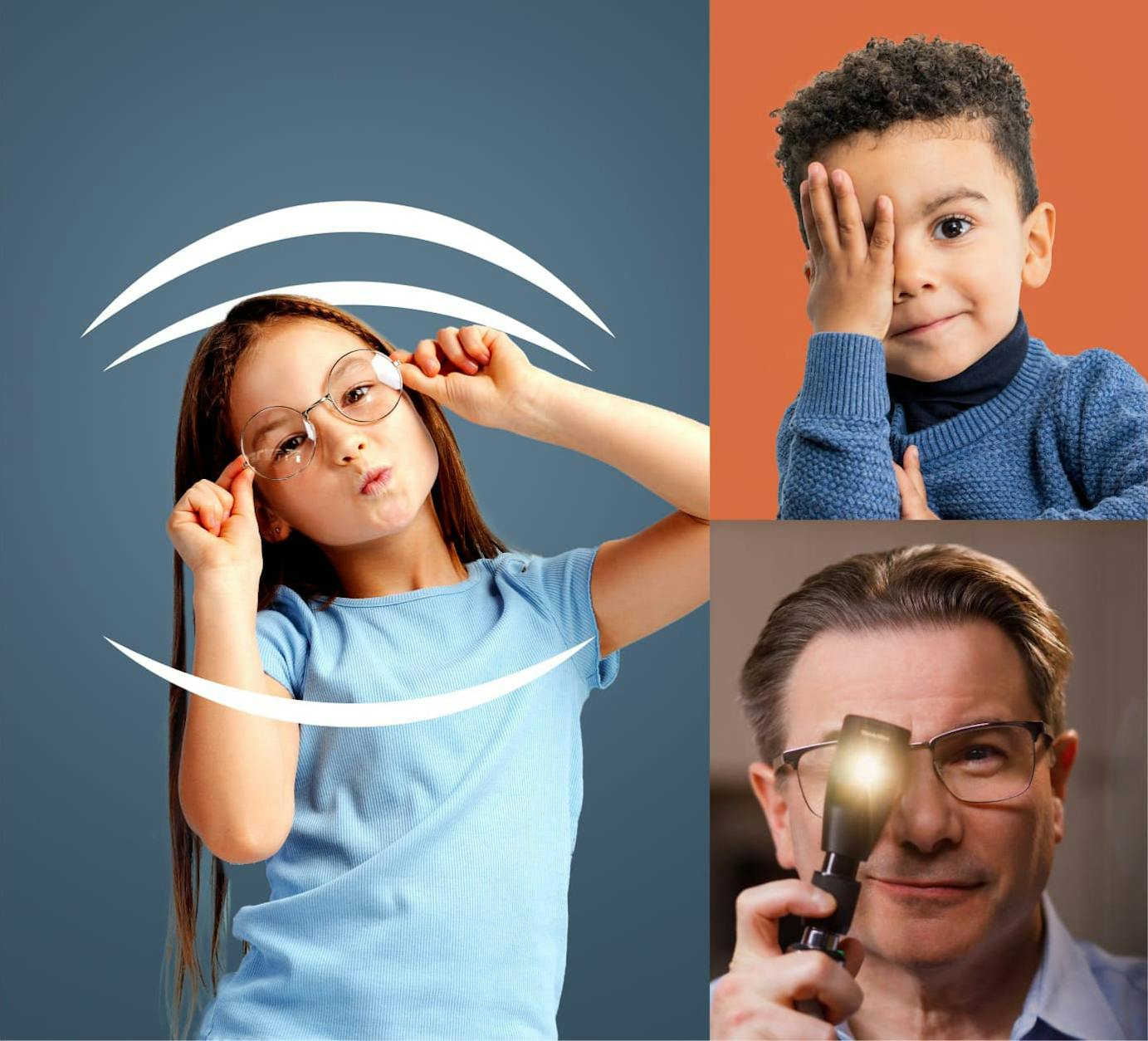Esotropia is a type of strabismus in which the eyes turn inward toward the nose. It can be constant, occasional, or show up only under certain conditions, like fatigue or when trying to focus up close. Regardless of the frequency, esotropia is a sign that the eyes are not working together correctly, and we want to address that.
How Does Esotropia Affect Vision?
Children with esotropia may:
- Lose 3-D (stereoscopic) vision and depth perception
- Develop amblyopia (reduced vision in the affected eye)
- Have trouble reading, focusing, or tracking objects
- Compensate with head tilts, squinting, or covering one eye
- Struggle socially if the misalignment is noticeable
Not every child will show every symptom, but any of these signs warrants an evaluation.



